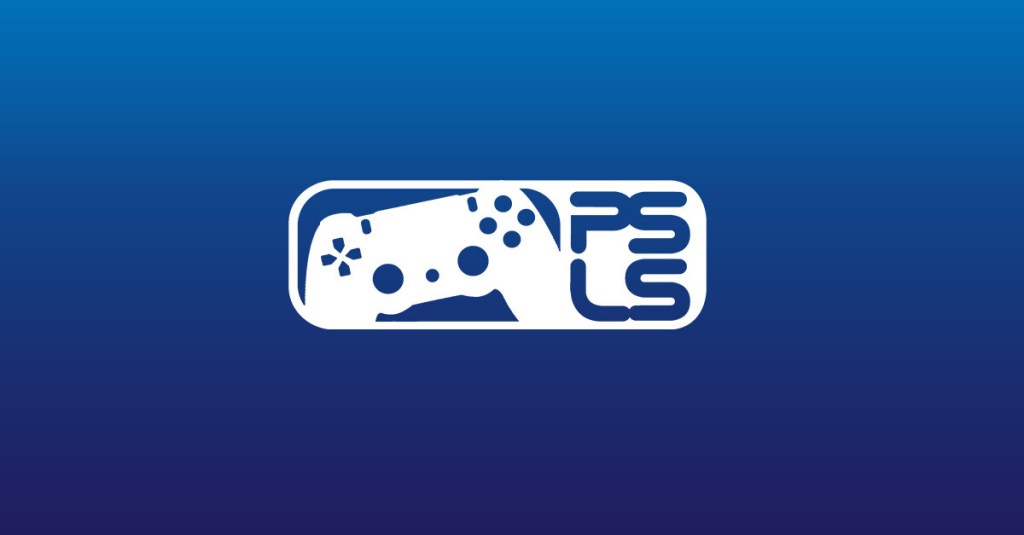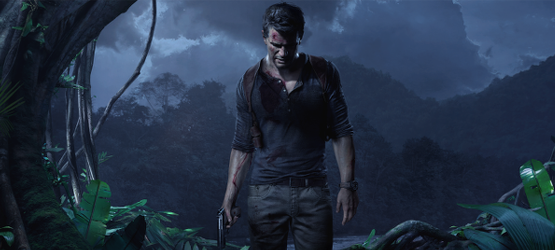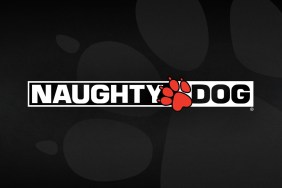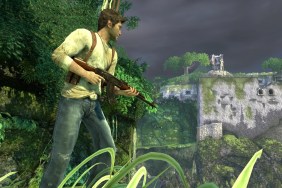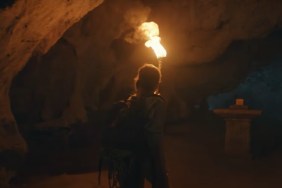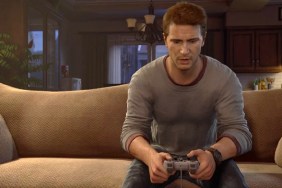Nathan Drake, the affable star of the Uncharted series and current face of PlayStation, might be the most contradictory character in games.
He’s basically two characters in one: every-man Indiana Jones and sociopathic murderer. That is, the witty, adventurous man in the cutscenes and the rampant killer you play as for the rest of the game. The story acknowledges one and you play out the other.
So, how can he be both wildly different types of people at once? Well, it’s all in the subtext of the Uncharted games and developer Naughty Dog’s much-celebrated, but ultimately flawed writing.
All it takes is a basic understanding of storytelling to see Drake for who he really is, which is definitely not the hero he’s marketed to be.
Let me explain.
Drake is a fascinating character, even with all his faults. It makes you wonder what we’ll see of him in Uncharted 4: A Thief’s End next year.
Tell us what you think of Drake in the comments, and don’t forget to click the banner below to read more on your favorite PlayStation characters.
Related Reading:
- Crash Bandicoot – The Past, Present and Future
- Inventing an Icon – PaRappa the Rapper
- Top 5 Best PlayStation Mascots
Inventing An Icon - Nathan Drake Gallery
-
What You Do Matters
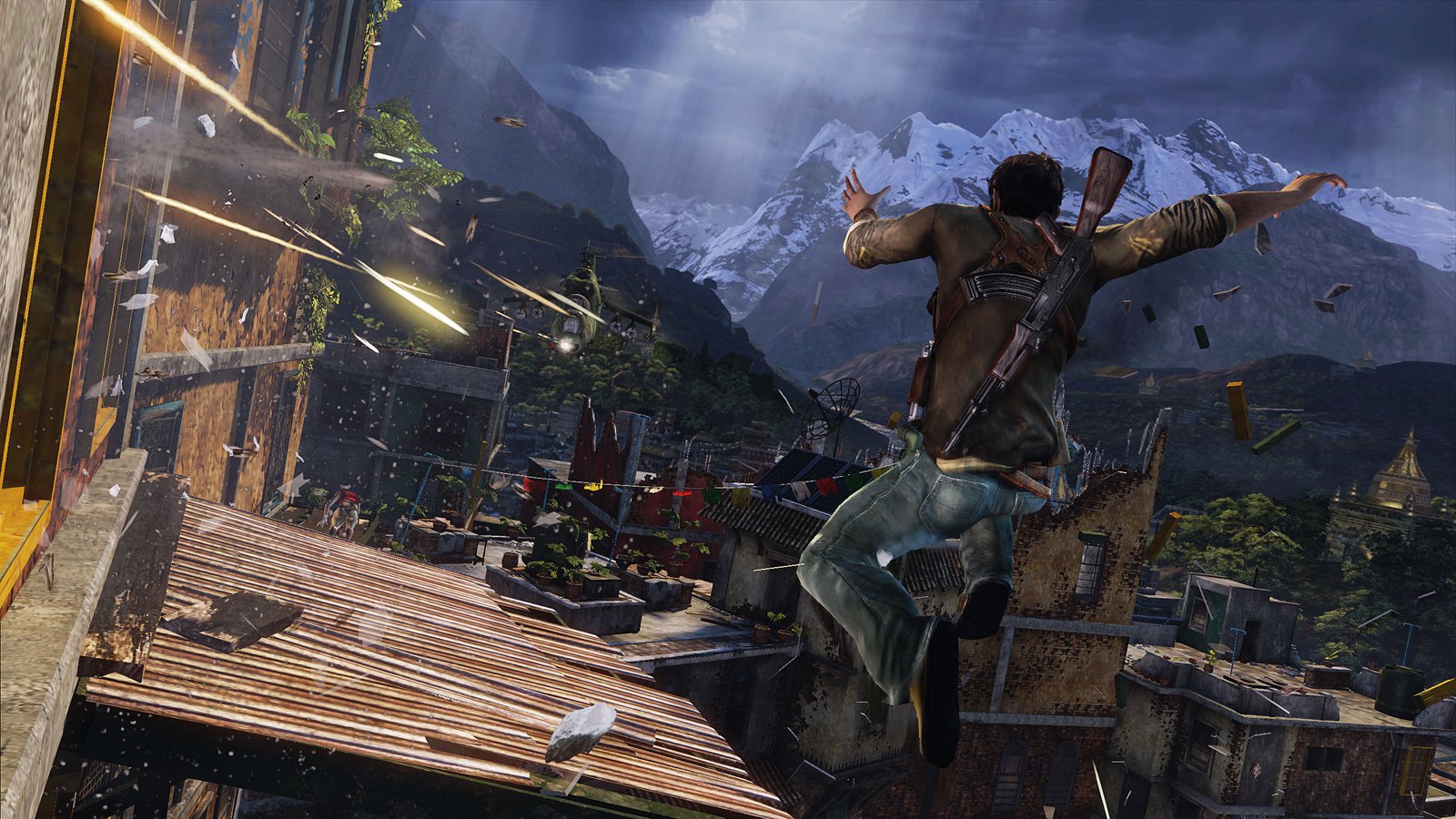
When you play games, what you do matters. Your input has effect on the game world and results in some kind of output. This is at the heart of how games work as an art form. You do something and they respond. It’s the relationship between the input and output that makes games expressive. It’s why Call of Duty’s breakneck speed and reward delivery (hitmarkers, kill notifications, sound effects) is so satisfying, and Papers Please’s document scanning is so laborious. These feelings are totally intentional and make the games work in a much different way than film or books. If you weren’t physically interacting with the game, you wouldn’t be able to feel deep down what it’s like to do these things. What you do in a game is the whole point!
-
What Uncharted Is
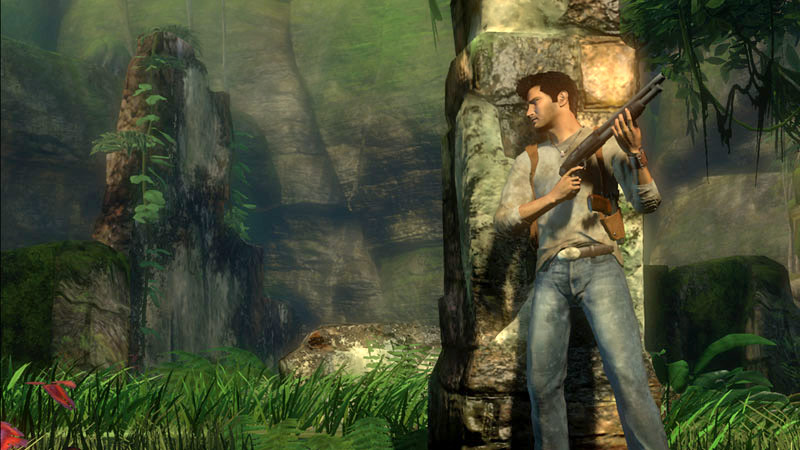
Uncharted is a third-person shooter where you’re primarily confronted with armed opponents who briefly block you from reaching a goal, be it a location or a thing to interact with. To move forward, you must eliminate them with a variety of weapons of your own. You have to kill these men to play the game, otherwise you’ll never make progress. Of course there’s more to Uncharted than killing, but it’s this loop of gameplay that forms the structure that the games are built on.
On top of that, Naughty Dog weaves mystery, adventure, revenge, and wonder into amazing, globe-trotting stories with Nathan Drake as the main character. He’s daring, athletic, and ultimately good-intentioned despite always trying to steal some ancient artifact. Drake is voiced by Nolan North, who does a lot of the heavy lifting to make the character sound like a man you’d want to hang out with. Drake is supposed to be relatable to you so that you feel at ease throughout the game. He’s also a white, middle-aged man, which is often the target market for blockbuster games. There’s definitely a problem with Drake as a sort of representative of the average player, but that, while a totally important criticism, is a whole other article.
The Uncharted games have stories to tell and they’ve been praised as one of the series’ strengths since it debuted in 2007. They’re also full of stunning technical feats, like a shootout on a boat that’s capsizing while you’re still in it. Or a helicopter chase that ends with you fighting in a building as its toppling over. The Uncharted games are strong examples of what big budget, blockbuster games are capable of.
They’re also an example of what they often get so embarrassingly wrong.
-
How Uncharted Fails
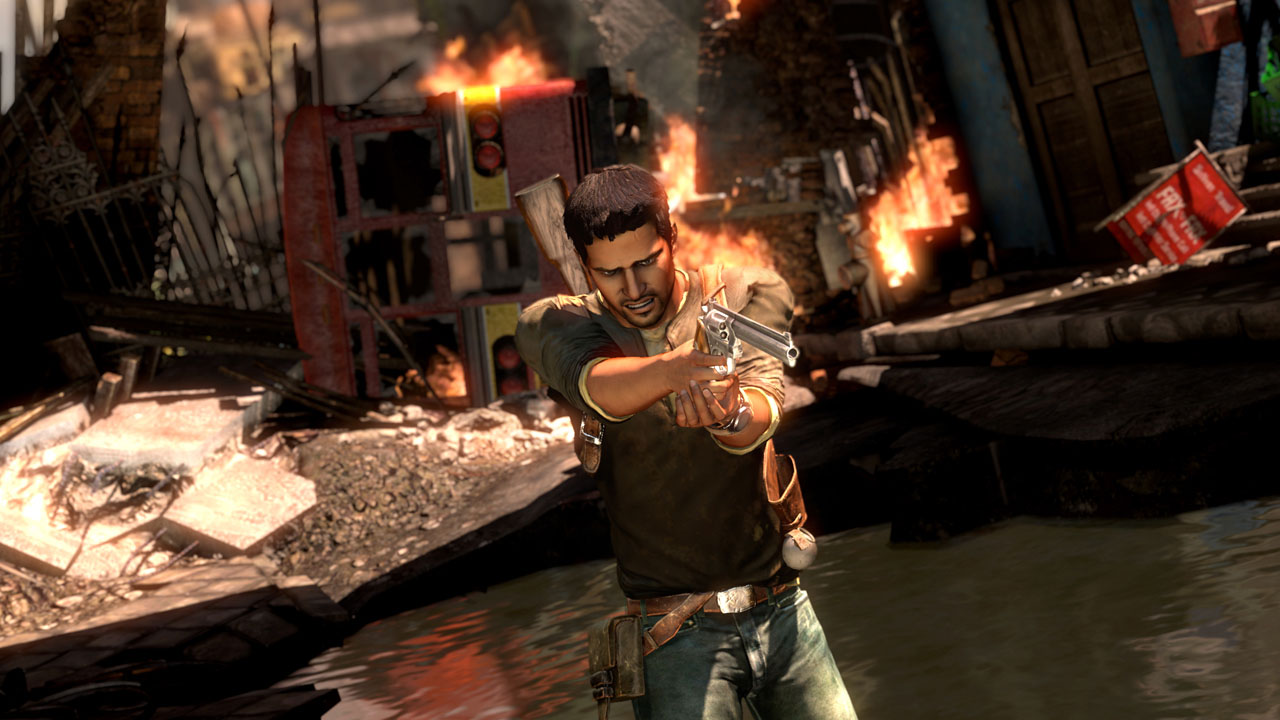
Game stories have to take into account everything that you do. After all, that’s the point. A good example of this is Batman: Arkham Asylum. Batman spends one day dealing with lots of tough opponents and, by the end of the game, he’s amassed an arsenal of tools to combat them, and has the scars of battle torn into his suit and cape. He even sounds tired by the end. This is a game that takes all the fighting you do and makes it have a direct effect on the characters, and therefore the story. The meat of what you do as a player is not ignored by the game, but embraced as an integral part of the main character.
Story and characters have been around for ages. The concept of a character’s actions influencing how you perceive them is a part of the very soul of a good story.
Unfortunately, this is exactly where Uncharted fails. All of Drake’s killing, and it’s a lot, has no meaningful effect on him as a character or in the story. He might end a battle in a cutscene with heavy panting but he won’t ever, ever acknowledge that he’s slaughtered large groups of armed men.
Well, hold on, let’s be fair. Uncharted 2: Among Thieves’ final boss asks Drake how many people he’s killed, but the line is lost in the frantic battle and is never brought up again. So someone at Naughty Dog cared enough about it to put something like that in the game, but it clearly wasn’t the focus. In that way, it almost makes it worse that the developer released another sequel and still didn’t approach it.
-
The Problem With Subtext
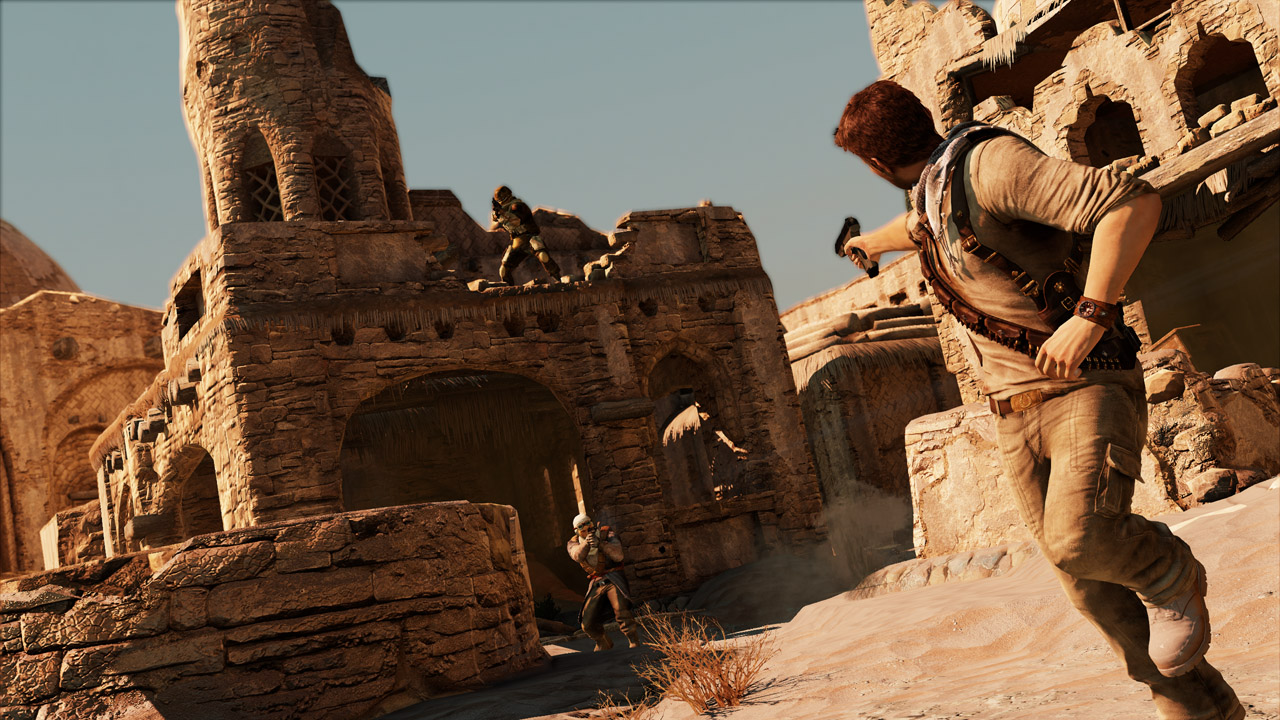
So what? Uncharted is still a fun action game where you get to climb giant statues and shoot while hanging off of signs. I agree, the moment-to-moment gameplay of the Uncharted games are a lot of fun, and Naughty Dog should be rewarded for how skilled the pacing and feel of it is. But that’s ignoring the problem with what the game purports to do.
The Uncharted games are driven by their narratives. It’s how they explain why you’re fighting in the Himalayas in one scene and Shambhala the next. Without them, they’re a series of highlights and battle arenas. Uncharted is often presented as a pioneer of gaming as a storytelling medium, one that will get you to buy the newest PlayStation and witness the future of the form.
Except that’s a poor argument if the supposedly great story doesn’t include a huge portion of what actually happens in the game.
Because the game never comments on Drake killing hundreds of men as you play through it, you’re left to interpret his volatile nature as subtext. One second he’s cracking jokes with his pals and the next he’s slaughtering people. He’s never shown as conscious of the totality of his actions. He’s only the charming guy in the cutscenes, and the killer outside of them is treated as completely nonexistent in the story.
The game is suddenly saying that, to get what he wants, it’s okay and encouraged to kill whoever opposes you. It’s saying that, when opposed by armed men, the sensible option is to murder all of them and get rewarded for it! All the game would have to do is acknowledge this disconnect in the context of the story and it could tackle this interpretation, but since it doesn’t, it’s all that you’re left with. It’s like a movie that depicts a man who kills his family and steals all their money and is seen happily driving to work with his new Tesla. The movie might not be coming out and saying this man has done a good thing, but the subtext does. He’s happy and rewarded for doing a truly horrible thing. How else are you supposed to take it if nothing else is said?
-
Drake As An Icon
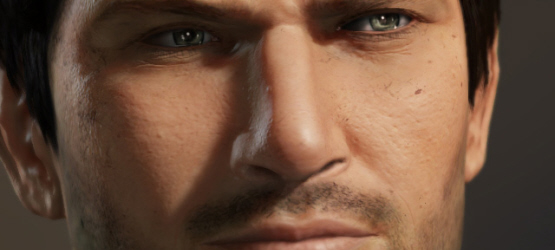
Knowing the deeply flawed character that Nathan Drake is makes his role as a heroic symbol for Sony incredibly hypocritical. Maybe even damaging to the medium as a whole, for this is a character that’s supposed to appeal to a broad audience and is even one that many new to games encounter first. Many other games, and specifically shooters, have much smarter stories than Uncharted. Heck, even Naughty Dog’s own The Last of Us hinges on its main character being a killer. The reason that game works so well is that its gameplay is tied to its narrative in a way that makes you empathize with the main character, but know that what he does isn’t necessarily morally right. It’s a game that cares a lot about what you do in it.
Uncharted though, doesn’t seem to care at all, and that is a problem if you want to see game stories mature and grow to resonate with more people. Characters like Drake are reminiscent of what games were, when they were not expected to be much more than entertaining toys where story was secondary to fun, visceral experiences. A lot has changed since then and it’s going to take much better icons than Drake to keep pushing forward.
